Community cleanups (and other activities) as community building and civic engagement activities
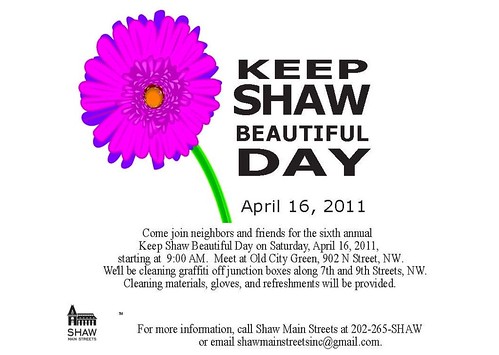
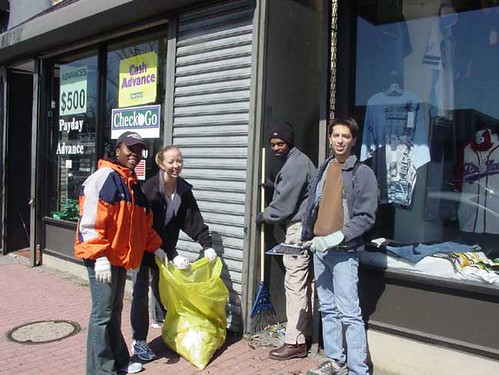
H Street clean up, March 2004. Debbie Smith, Emily, Orlando Brooks, Rich Luna
I have a long blog entry about litter from 2005, "Every Litter Bit Hurts," which describes my learning process about litter in the context of my involvement with H Street Main Street and a regular monthly cleanup that we did for awhile (before I was kicked off the board for being "too direct"). While it seems futile--the trash seemingly regenerates--the reality is that cleanups are great for community building.
One example is how the City of Baltimore Department of Recreation and Parks has an invasive weed pulling initiative that is volunteer-based (Urban Weed Warriors).
Students with Devils in Disguise, an ASU community-service program, joined Escalante residents late last month to paint walls and fences, clean the neighborhood park, plant trees, tidy yards and tend to the budding community garden. ...
Shauna Warner, Tempe's Neighborhood Services director, said the cleanup was sparked by the recent construction of a community garden in Escalante Park. ...
Warner said Escalante neighbors were so pleased with the beauty of the growing garden that they approached Neighborhood Services workers about sprucing up the rest of the community.
"We heard from (residents) that they were interested in investing in their neighborhood," Warner said.
Once the Neighborhood Services division posted door hangers to announce the service project, workers at the Escalante Community Center said they saw "people start to spiff up (their yards) for the spring cleaning," she said.
Access to "Tempe's Tool Trailer," which is supplied with lawnmowers, hammers and other tools, made making minor home repairs easier for residents. ASU students provided muscle for residents who needed a hand in carrying larger items to trash bins. University of Phoenix workers planted trees. And children painted recycled tires to use as planters in the garden.
While community volunteers are even more valuable now that budget cuts have limited park cleanings and other city services, neighborhood partnerships have long been a tradition in Tempe.
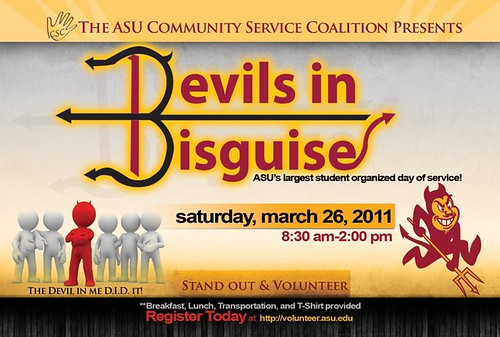
I am one of the presenters for a workshop in Baltimore on Thursday, on "Life in the 20-Minute Neighborhood"
The workshop will include informative presentations by leading practitioners, interactive discussion, and hands-on exercises - all designed to advance new thinking on how to create a "user-friendly" network of walkable places in Greater Baltimore, where many of life's daily routines are within a 20-minute trip by walking, biking, or transit. By creatively leveraging the infrastructure and assets we already have, we can develop a compelling vision for making Baltimore one of the most pedestrian, transit, and bike friendly places in America.
When: Thursday, April 21, from 9 AM to 12 PM.
Where: The American Visionary Art Museum, 800 Key Highway, Baltimore, MD 21230, in the Tall Sculpture Barn.
Details: The event is free, but space is limited and registration is required by sending an email to rsvp@tndplan.com with EnvisionBaltimore as the subject line and your name and organization (if applicable) in the body.
I am wrestling with how to do the presentation.
The other way I am thinking is more broadly about public spaces, public engagement, and ways of connecting in spaces. I'm not likely to go too far in this direction, because I am still mulling over the various aspects of the issue, plus it's probably off topic in terms of "improving neighborhood walkability."
I am thinking along this kind of framework, from the personal to the group, but somehow the other dimension of support/expression vs. opposition and resistance needs to be incorporated:
- individual expression (graffiti, letter to editor, social media))
- group/community (block party, mural, neighborhood parks, street fairs, community media, smart mobs, pirate radio, etc.)
- public assembly (Hyde Park type speakers corners, public squares in cities, college campues, etc.)
- resistance (oppositional, including suicide bombings in public space/transit infrastructure, what the IRA did in their London bombing campaign, wilding, riots, also celebrations, i.e., college sports related, that get out of hand, etc.).
I need to sit down and read lots of John Friedmann plus the scads of journal articles I've printed off on the topic, in order to come up with a master framework.
But while we can get pretty high falutin' about the topic, there are some real practical dimensions, such as:
1. Planning for community bulletin boards and community media -- providing space for such in commercial spaces, but also in civic places, e.g., bulletin boards in parks, libraries, etc., and do you have to get permission to post things?
2. Planning for community spaces in libraries and recreation centers, for meetings (yes we do that already), but what about spaces for community organizations located in libraries and other public buildings, bulletin boards sure, but how about galleries for local artists and other exhibitions, or spaces for regular exhibitions (that could rotate around the city) on community issues?
For example, I mentioned that some of Montreal's libraries also have "cultural centers," and they have an Ecomuseum or two. The Silver Spring Civic Center has a gallery and currently, there is a great Smithsonian traveling exhibit being shown there on the role of fences in American society and culture.
One of the exhibits about urban sustainability that was shown at the Montreal Ecomuseum now travels, as a kind of cart, and is displayed at farmers markets and other community events.
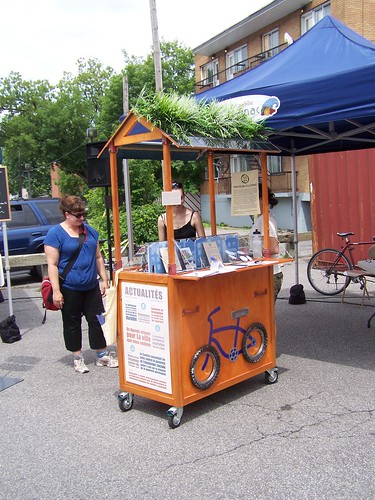
3. What about having some funds available, like what the Humanities Council of Washington does, for community curation projects, for projects on urban issues, etc., that can then be shown in such facilities?
4. Or something I've said for about 5+ years, that all libraries should have collections of materials specific to their communities. The Georgetown branch of the DC Public Library has the "Peabody Room" which is a focused collection on Georgetown. But all libraries could have a filing cabinet full of stuff and finding aids.
5. Public squares, pocket parks, etc., in neighborhood commercial districts. E.g., I will take some responsibility for failing to advocate for this in the H Street NE revitalization plan, or for not thinking of the need for an expanded public space around the 2nd and N Streets NE exit at the New York Avenue Metro station in NoMA.
Although I did recommend that the parking lot (and even the building) at the southeast corner of 12th and Newton Streets NE in Brookland could be converted into a small public square for the commercial district. 12th and Monroe would be best, but there really isn't the opportunity.
6. Having funds to support community festivals and events, even on a smaller scale.
7. And micro funds to support micro community projects. (Although ANCs do have some funds for this.)
Labels: change-innovation-transformation, civic engagement, neighborhood planning, participatory democracy and empowered participation, protest and advocacy, social change
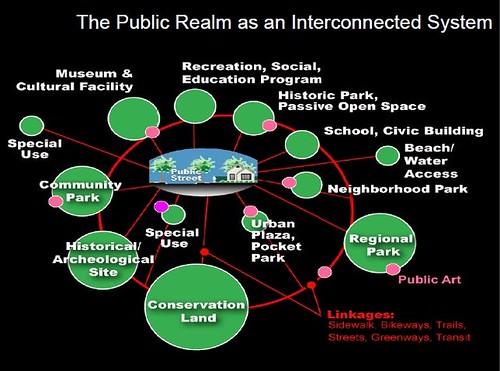

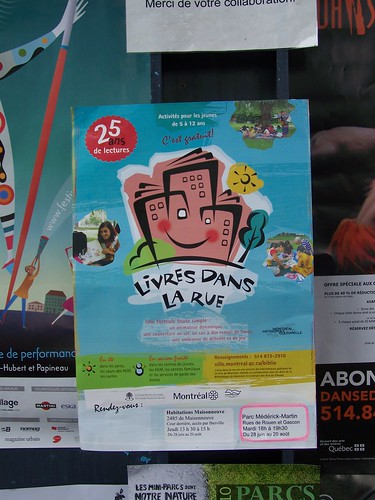



0 Comments:
Post a Comment
<< Home